Top 15 Must-Visit Places in Kolkata for an Unforgettable Experience
Explore Kolkata's rich cultural tapestry with our list of the top 15 places to visit. From iconic landmarks to spiritual retreats, discover the best of the City of Joy.
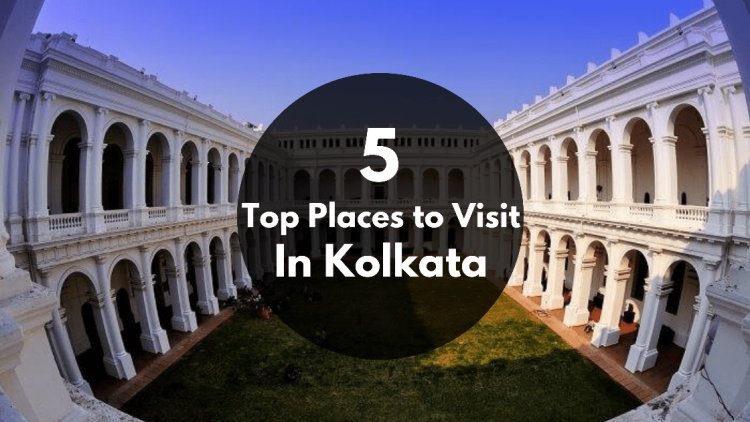
1. Victoria Memorial:

- Location: Queensway, Maidan, Kolkata.
- History: The Victoria Memorial in Kolkata, India, stands as a majestic testament to the city's rich colonial history. It was constructed between 1906 and 1921 in memory of Queen Victoria, the longest-reigning monarch of the United Kingdom, who also held the title of Empress of India.
Designed by British architect Sir William Emerson, the Victoria Memorial is an exemplary fusion of Indo-Saracenic and Mughal architectural styles. The monument boasts a pristine white marble exterior and a towering central dome, surrounded by several subsidiary domes and minarets. Its design is characterized by intricate carvings, beautiful sculptures, and a stunning garden with numerous statues and fountains.
The memorial houses a vast collection of art, historical artifacts, and relics from the British colonial period, making it a repository of India's colonial history and cultural heritage. The gallery within the memorial offers visitors the opportunity to explore paintings, sculptures, and personal belongings of Queen Victoria.
Today, the Victoria Memorial continues to be a cherished cultural and historical landmark, attracting both tourists and history enthusiasts from around the world. It represents a bygone era and serves as a reminder of Kolkata's colonial legacy.
- Details: The Victoria Memorial in Kolkata is a splendid architectural gem that blends elements of Indo-Saracenic and Mughal styles, creating a grand structure with intricate details. Located in the heart of the city, it spans 64 acres of lush gardens and encompasses the main monument, a museum, and several beautifully landscaped gardens.
The central monument stands as a majestic, white-marble masterpiece, with a soaring central dome surrounded by subsidiary domes, towers, and minarets. The exterior is adorned with intricate carvings, and the structure is meticulously maintained.
Inside the memorial, the museum houses an extensive collection of paintings, sculptures, and historical artifacts that provide insight into India's colonial past. Visitors can explore exhibits depicting the British Raj, as well as various art galleries displaying portraits, memorabilia, and personal belongings of Queen Victoria.
The gardens surrounding the memorial offer a peaceful oasis in the midst of the bustling city, complete with statues, fountains, and well-manicured lawns. The Victoria Memorial is not just a historical treasure but also a cultural hub, frequently hosting art exhibitions, cultural events, and festivals, making it a vibrant destination for locals and tourists alike. Its striking beauty and historical significance make it one of Kolkata's most iconic landmarks.
2. Howrah Bridge:
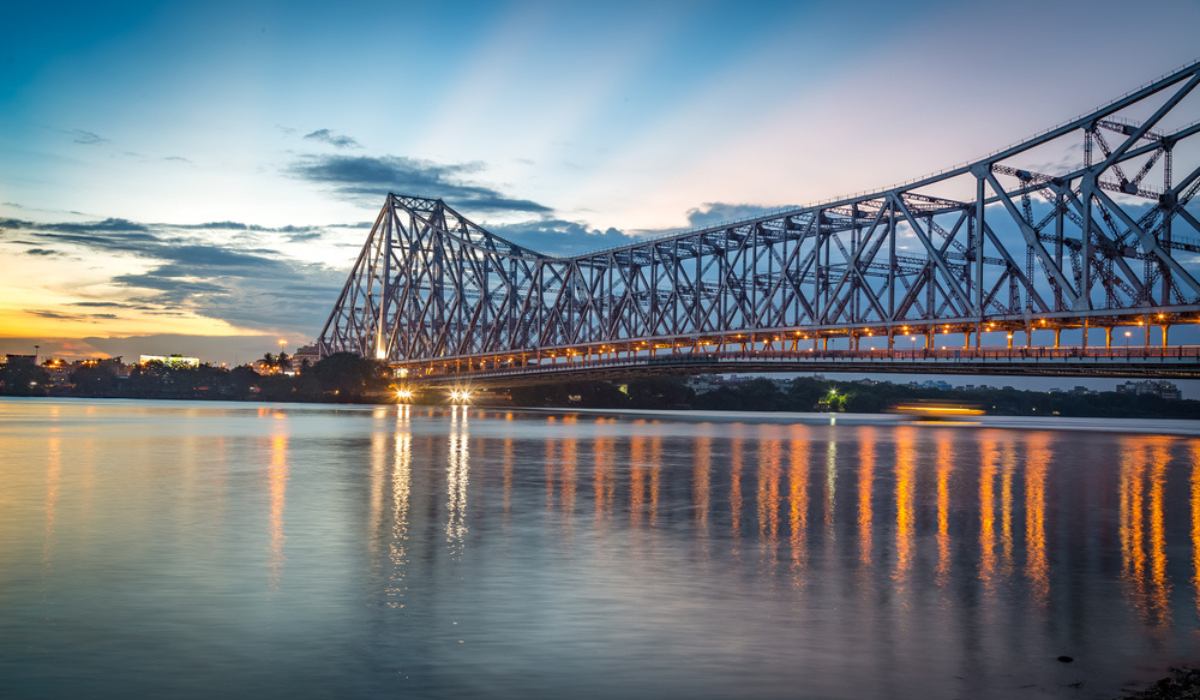
- Location: Over the Hooghly River, connecting Kolkata and Howrah.
- History: The Howrah Bridge, officially known as the Rabindra Setu, is an iconic cantilever bridge that spans the Hooghly River, connecting the city of Kolkata with the industrial township of Howrah in West Bengal, India. Its history is intertwined with the growth and development of Kolkata.
Construction of the Howrah Bridge began in 1936 and was completed in 1942 during British colonial rule. It was initially named the New Howrah Bridge to distinguish it from the nearby Howrah Bridge, a pontoon bridge constructed in 1874. After India gained independence in 1947, the bridge was renamed Rabindra Setu in honor of the renowned Bengali poet Rabindranath Tagore.
The Howrah Bridge is a testament to engineering excellence. It was designed by the noted engineer Rendel, Palmer and Tritton and constructed by the Cleveland Bridge & Engineering Company. Remarkably, the bridge is a cantilever truss structure, and it doesn't have any nuts or bolts; it was built entirely using rivets.
Over the decades, the Howrah Bridge has become a symbol of Kolkata, witnessing its transformation into a bustling metropolis. It remains one of the busiest and most vital transportation links in the city, facilitating the movement of millions of vehicles and pedestrians daily. The bridge's history is a reflection of Kolkata's enduring spirit and its ever-evolving urban landscape.
- Details: The Howrah Bridge, officially known as Rabindra Setu, is an architectural marvel and an integral part of Kolkata's landscape. Spanning the Hooghly River, it connects the city of Kolkata to its twin city, Howrah, in the Indian state of West Bengal. With its historical significance and intricate design, the bridge is more than just a transportation link; it's a symbol of Kolkata's identity.
Built during British colonial rule, the Howrah Bridge was completed in 1942. It's renowned for its cantilever truss design, which means it's supported on one end, without any pillars in the river. The absence of nuts and bolts is another unique feature; the entire structure was assembled using rivets.
The bridge is an essential lifeline, facilitating the daily movement of hundreds of thousands of vehicles, trams, and pedestrians. It's a spectacle of vibrant activity, especially during rush hours when it comes alive with the hum of city life.
The nighttime view of the illuminated Howrah Bridge is equally enchanting. The bridge's dazzling lights, reflecting on the river below, create a breathtaking visual. It's not just a physical connection; it's a cultural and historical icon, telling the story of Kolkata's past and present. The Howrah Bridge remains a symbol of the city's resilience and dynamism.
3. Dakshineswar Kali Temple:
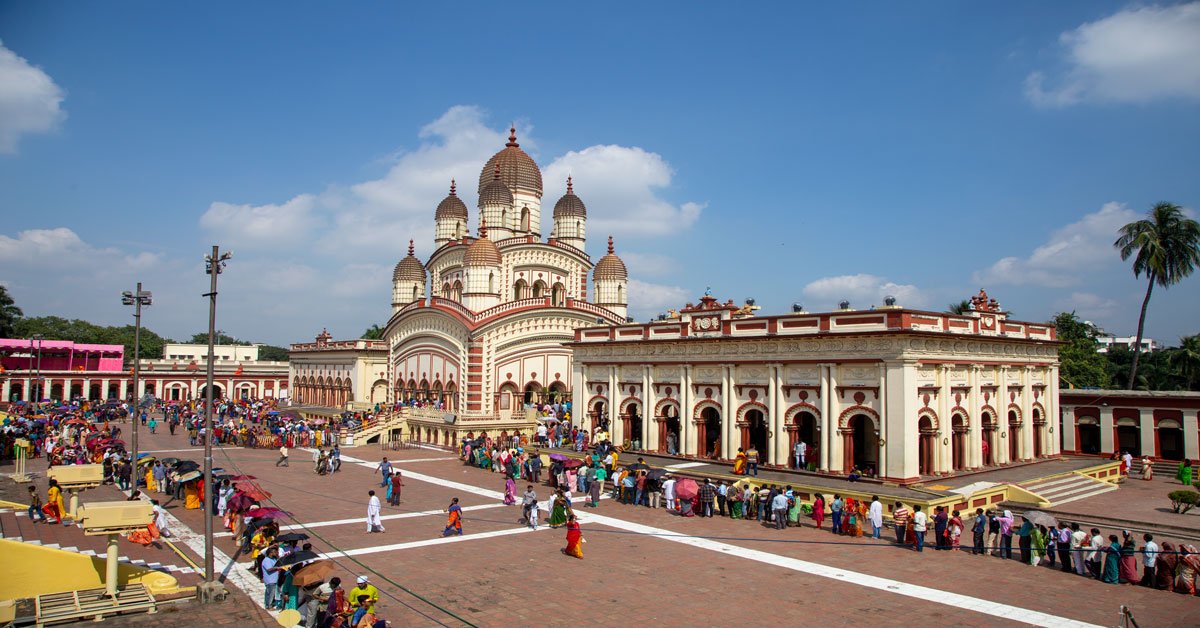
- Location: Dakshineswar, North Kolkata.
- History: The Dakshineswar Kali Temple, located in the Dakshineswar town near Kolkata, is a renowned Hindu temple dedicated to Goddess Kali, the fierce and compassionate form of the Divine Mother. Its history is intertwined with the spiritual legacy of the 19th-century Indian mystic, Sri Ramakrishna Paramahamsa.
The temple was built in 1855 by Rani Rashmoni, a prominent philanthropist, and devotee of Kali. Her vision was to create a place of worship that could accommodate all, regardless of caste or creed. The temple complex comprises 12 identical temples dedicated to Lord Shiva and a towering main shrine housing the idol of Goddess Kali.
The temple's historical significance is primarily due to Sri Ramakrishna, who served as the chief priest here. His spiritual journey and teachings attracted numerous seekers and devotees to Dakshineswar. It was in this temple that he practiced various religious paths and attained realization, thus becoming a pivotal figure in the development of the Ramakrishna Mission and the spread of Vedanta philosophy.
The temple is known for its beautiful architecture, serene surroundings, and the Adyapeath, the embankment along the Hooghly River, offering stunning views. Dakshineswar Kali Temple remains a sacred pilgrimage site and a place of spiritual enlightenment, preserving the legacy of Sri Ramakrishna and the devotion to the Divine Mother.
- Details: The Dakshineswar Kali Temple, located in Dakshineswar, a northern suburb of Kolkata, is one of the most revered and picturesque temples in India. This grand temple complex is dedicated to Goddess Kali, the fierce and powerful Hindu deity.
The temple's main structure is a towering edifice with its distinctive nine-spired design, often referred to as the "navaratna" style. It was built in 1855 by Rani Rashmoni, a prominent philanthropist and devotee of Kali. The temple premises also include a series of 12 identical shrines dedicated to Lord Shiva, as well as a bathing ghat on the banks of the Hooghly River.
The temple's historical significance is deeply intertwined with the life and teachings of Sri Ramakrishna Paramahamsa, a revered spiritual leader and mystic of the 19th century. It was here that Sri Ramakrishna spent a significant portion of his life as a priest, exploring various spiritual paths and attaining profound spiritual insights. His presence at Dakshineswar attracted numerous seekers and devotees, and his teachings laid the foundation for the Ramakrishna Mission, a renowned spiritual and humanitarian organization.
The serene and well-maintained temple complex, with lush gardens and courtyards, offers a peaceful and contemplative atmosphere. It's a place where devotees and tourists alike can experience the spiritual legacy of Sri Ramakrishna and the vibrant devotion to Goddess Kali. The adjacent bathing ghat by the Hooghly River provides a serene backdrop, making Dakshineswar Kali Temple a spiritual and cultural treasure of Kolkata.
4. Belur Math:

- Location: Belur, Howrah (across the Hooghly River from Kolkata).
- History: Belur Math, situated in Belur, a suburb of Kolkata, is a significant pilgrimage site and spiritual headquarters of the Ramakrishna Math and Ramakrishna Mission. Its history is deeply intertwined with the life and teachings of Sri Ramakrishna Paramahamsa and his chief disciple, Swami Vivekananda.
The idea of Belur Math was conceived by Swami Vivekananda to create a place of harmony and spiritual enlightenment. The land was chosen to symbolize the union of the Ganges and the Hooghly River, embodying the spirit of unity and synthesis.
Construction of Belur Math began in 1901, and it was designed to incorporate a unique fusion of various architectural styles, including Hindu, Islamic, Christian, and Buddhist elements. This eclectic approach symbolized Swami Vivekananda's vision of universality and religious tolerance.
Belur Math serves as a place for spiritual reflection and service to humanity, following the principles set forth by Sri Ramakrishna and Swami Vivekananda. The Math is not limited to any particular religious faith but welcomes people of all backgrounds and beliefs.
Today, Belur Math stands as a hub of religious and cultural activities, housing a temple, a museum, a library, and various educational and charitable institutions. It continues to inspire seekers from around the world, promoting the ideals of religious harmony, service, and the universal message of spirituality.
- Details: Belur Math, located in Belur, on the banks of the Hooghly River in the suburbs of Kolkata, is a revered spiritual and cultural institution that embodies the teachings and vision of Sri Ramakrishna Paramahamsa and his illustrious disciple, Swami Vivekananda.
The Belur Math complex is an architectural masterpiece, reflecting a unique blend of various architectural styles, including Hindu, Islamic, Christian, and Buddhist elements. This fusion symbolizes the idea of religious harmony and universal acceptance, championed by Swami Vivekananda.
The main temple at Belur Math is dedicated to Sri Ramakrishna, and it's a place of worship and meditation. The adjacent shrine is dedicated to Swami Vivekananda, whose influence and teachings are central to the philosophy of Belur Math.
The serene and spacious campus offers a tranquil environment for reflection and spiritual growth. The sprawling grounds include a prayer hall, a museum showcasing the life and teachings of Sri Ramakrishna and Swami Vivekananda, a library, and a beautiful garden. The temple's architecture and the surrounding landscape are a testament to the Math's commitment to the synthesis of different faiths and its goal of spreading the message of universal brotherhood.
Belur Math is not just a place of worship; it's a center for the study and propagation of Vedanta, education, and humanitarian activities. It serves as an inspirational hub for individuals seeking spiritual awakening and embracing the ideals of service, tolerance, and religious inclusivity. The Math's impact reaches far beyond its physical boundaries, leaving a profound and lasting mark on the spiritual and cultural landscape of India.
5. Indian Museum:

- Location: Park Street, Kolkata.
- History: The Indian Museum in Kolkata, established in 1814, holds the distinction of being one of the oldest and most renowned museums in India. Its history is closely linked with the period of British colonial rule and the burgeoning interest in archaeology and art during the 19th century.
The museum's founding can be attributed to the efforts of Dr. Nathaniel Wallich, a Danish botanist, who aimed to create a space to house and showcase the impressive collection of Indian art and artifacts that had been amassed during the colonial era.
Over the years, the museum's collection expanded exponentially, encompassing an extensive array of items, including sculptures, paintings, rare manuscripts, fossils, and ethnographic displays. Notably, the museum's collection of antiquities from the Indus Valley Civilization is of immense historical importance.
The Indian Museum has played a pivotal role in the preservation and dissemination of India's rich cultural heritage. It has served as a vital center for research, conservation, and public education, showcasing the diversity of India's art, culture, and history.
Today, the museum remains a key institution for scholars, art enthusiasts, and tourists alike, offering a glimpse into India's multifaceted past and its artistic and archaeological achievements. It is a testament to the country's enduring commitment to the preservation and promotion of its cultural legacy.
- Details: The Indian Museum in Kolkata, founded in 1814, stands as one of India's oldest and most prestigious museums. Located on Jawaharlal Nehru Road, it is a treasure trove of art, archaeology, and history, offering visitors a fascinating journey through India's rich cultural heritage.
The museum's extensive collection is divided into six main sections, including Archaeology, Art, Anthropology, Geology, Zoology, and Botany. The Art section is particularly noteworthy, boasting a vast assortment of sculptures, paintings, and decorative art from different periods in Indian history.
The museum is renowned for its exceptional collection of antiquities from the Indus Valley Civilization, sculptures from the Gandhara School of Art, and an impressive range of Mughal and Rajasthani miniatures. It also houses an exquisite gallery of decorative arts featuring ornate jewelry, textiles, and furniture.
The Anthropology section provides insights into the diverse tribal cultures and lifestyles of India, while the Archaeology section showcases an array of artifacts, including tools, pottery, and objects from ancient Indian excavations.
Visiting the Indian Museum is like taking a captivating journey through India's past, providing a deeper understanding of its artistic, historical, and cultural heritage. The museum's commitment to preserving and presenting India's legacy makes it a must-visit destination for history and art enthusiasts.
6. Marble Palace:
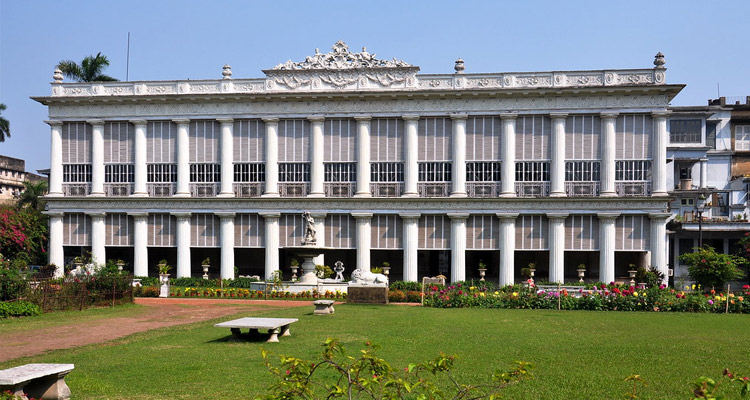
- Location: Muktaram Babu Street, North Kolkata.
- History: Built in the 19th century by Raja Rajendra Mullick, it's a historical mansion showcasing European and Indian art.
- Details: The Marble Palace is known for its neoclassical architecture, opulent interiors, and impressive collection of art and sculptures.
7. Mother House:
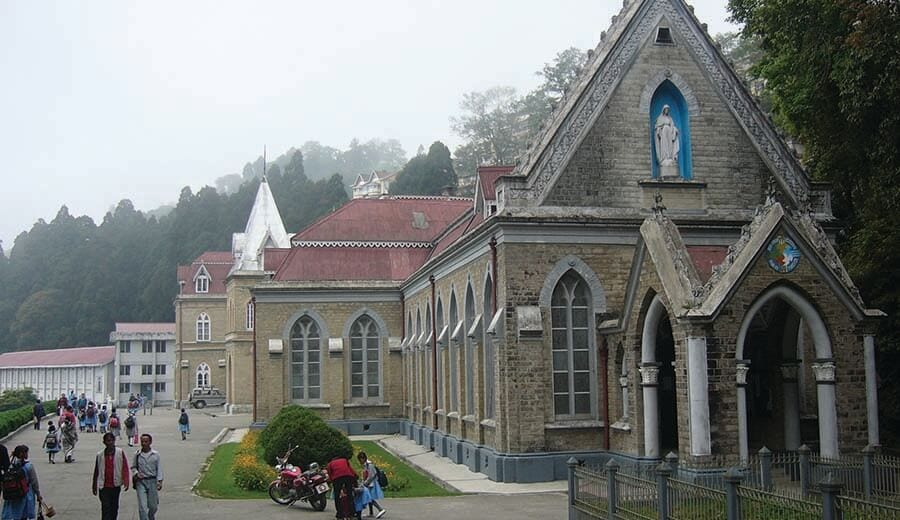
- Location: A.J.C. Bose Road, Kolkata.
- History: It's the former residence of Mother Teresa, the Nobel laureate and founder of the Missionaries of Charity.
- Details: Mother House serves as a place of reflection and pilgrimage, with a small museum dedicated to Mother Teresa's life and work.
8. Science City:
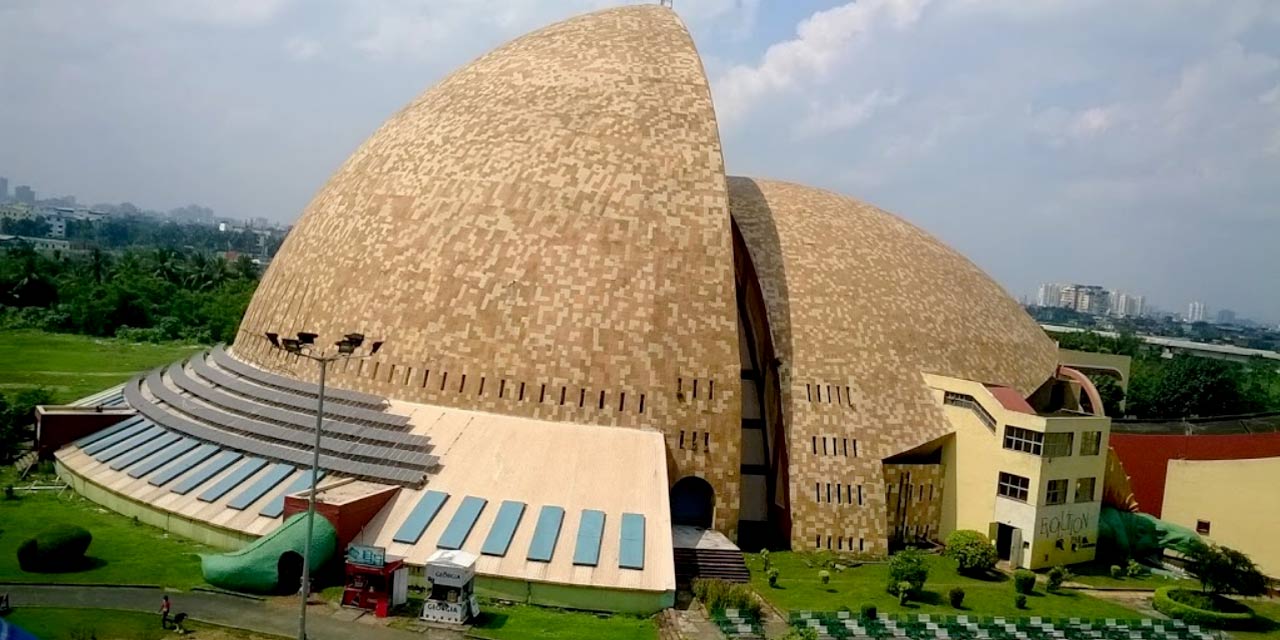
- Location: Topsia, East Kolkata.
- History: Opened in 1997, it's a science center and educational complex.
- Details: Science City is a haven for science enthusiasts, featuring interactive exhibits, a space theater, and a vibrant ecosystem dome.
9. Park Street:
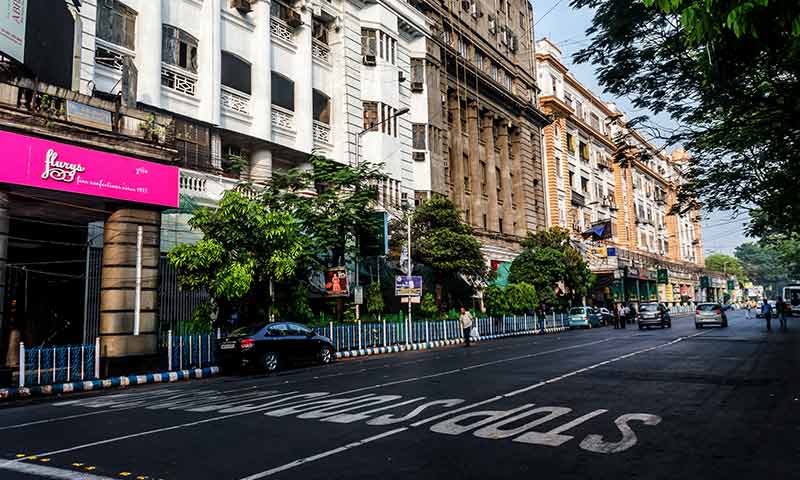
- Location: Central Kolkata.
- History: Park Street has been Kolkata's prime entertainment hub for decades.
- Details: Park Street is dotted with restaurants, cafes, shops, and clubs. It's known for its vibrant nightlife and cultural events.
10. Kalighat Kali Temple:

- Location: Kalighat, South Kolkata.
- History: The temple's history dates back to the 15th century and is dedicated to Goddess Kali.
- Details: Kalighat Kali Temple is one of the most important pilgrimage sites for Kali worshippers. It's known for its strong religious and cultural significance.
11. Birla Planetarium:
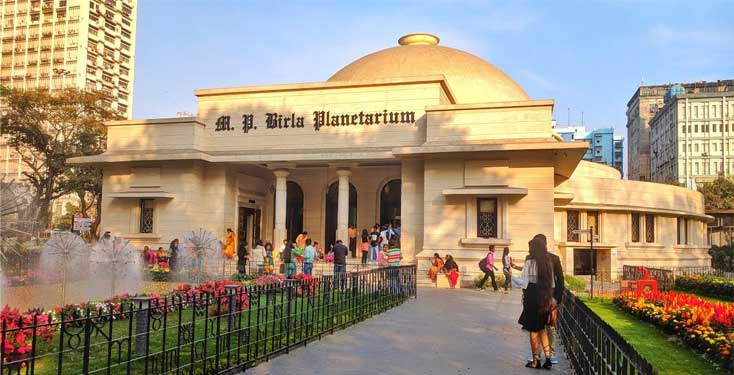
- Location: Chowringhee Road, Kolkata.
- History: Opened in 1963, it's one of India's largest planetariums.
- Details: The Birla Planetarium offers a range of shows and exhibitions related to astronomy and space science, making it an educational and fun experience.
12. Princep Ghat:

- Location: Fort William, Strand Road, Kolkata.
- History: Named after James Princep, a British scholar, it was built in the 19th century.
- Details: Princep Ghat is a picturesque spot along the Hooghly River, with stunning views of the Vidyasagar Setu bridge. It's a popular place for leisurely walks and boat rides.
13. St. Paul's Cathedral:
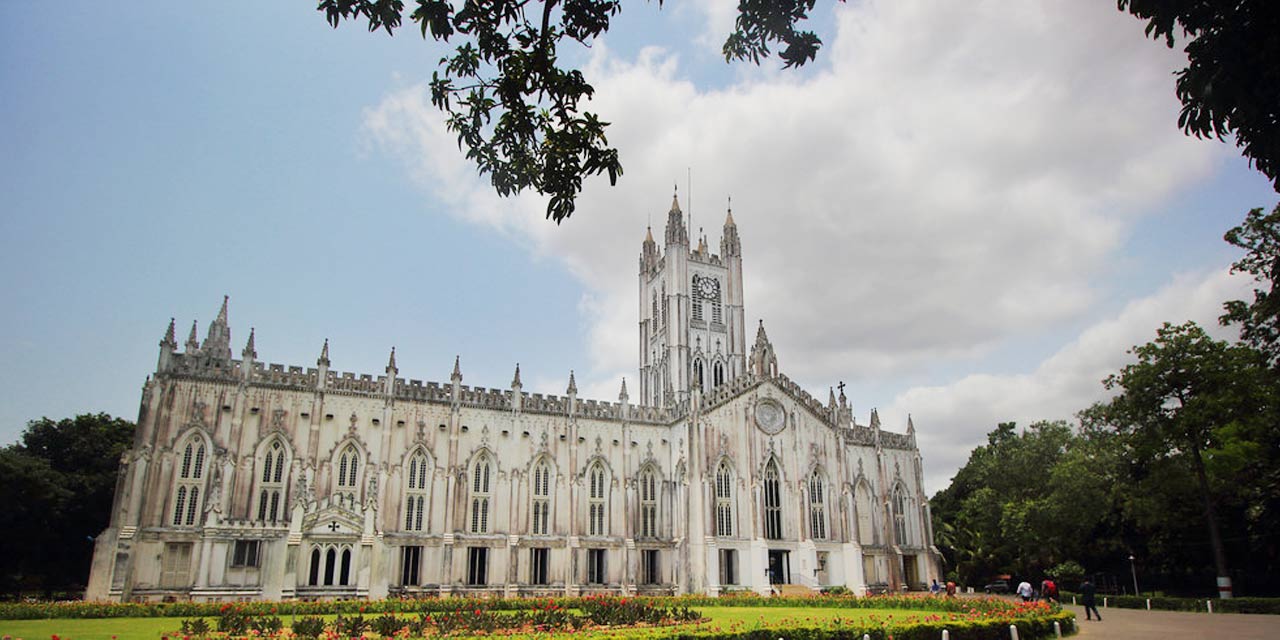
- Location: Cathedral Road, Kolkata.
- History: Completed in 1847, it's an Anglican cathedral designed in Indo-Gothic style.
- Details: St. Paul's Cathedral is known for its striking architecture, serene interiors, and beautiful stained glass windows.
14. South Park Street Cemetery:
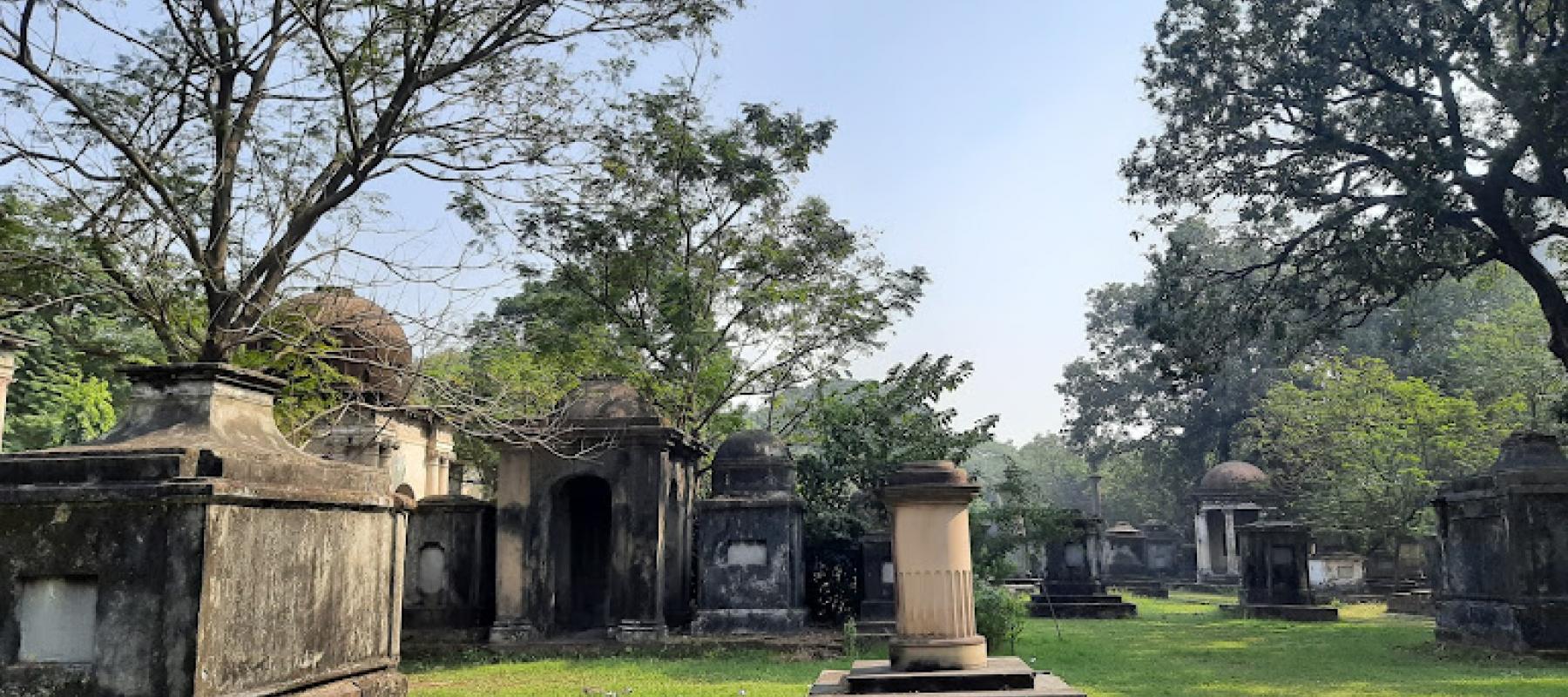
- Location: Park Street, Kolkata.
- History: Established in 1767, it's one of the oldest non-church cemeteries in the world.
- Details: The cemetery is a historical gem, featuring elaborate tombstones and the resting place of many notable individuals from the colonial era.
15. Alipore Zoo (Calcutta Zoo):
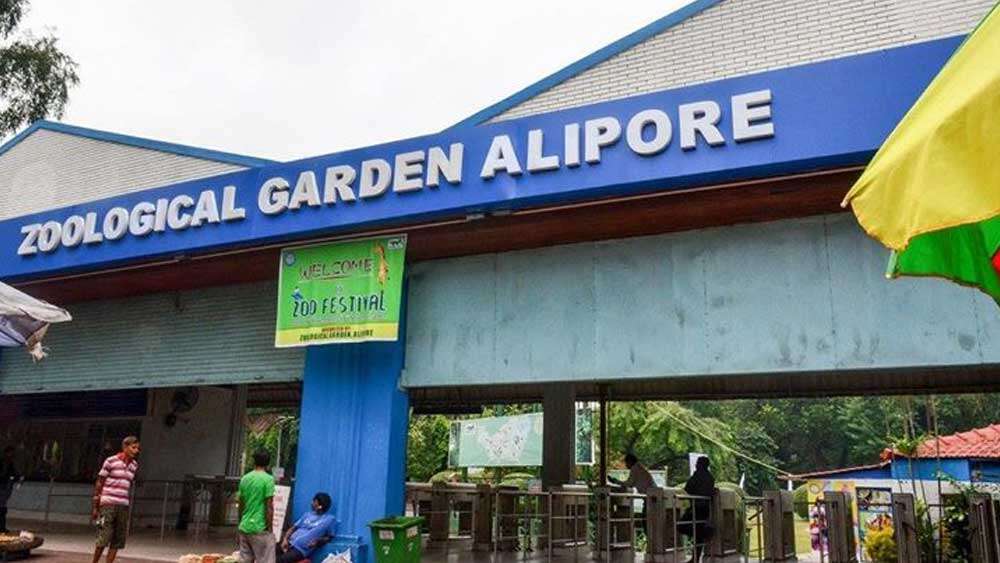
- Location: Alipore, South Kolkata.
- History: Opened in 1876, it's one of the oldest zoological gardens in India.
- Details: The zoo is home to a diverse range of animals and birds, making it a family-friendly destination for animal lovers.
